Real-Time IIoT Data Management: Benefits and Challenges
By Bill Dykas
March 27, 2025
Estimated reading time: 7 minutes
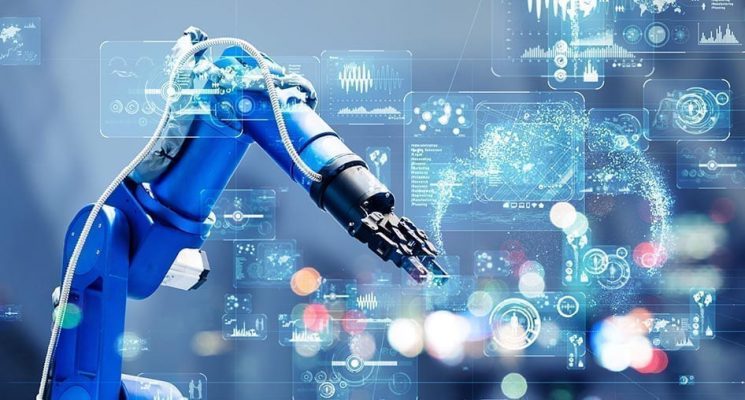
The quality of your industrial Internet of Things (IIoT) data depends on:
Data collection is the foundation of all IIoT projects.
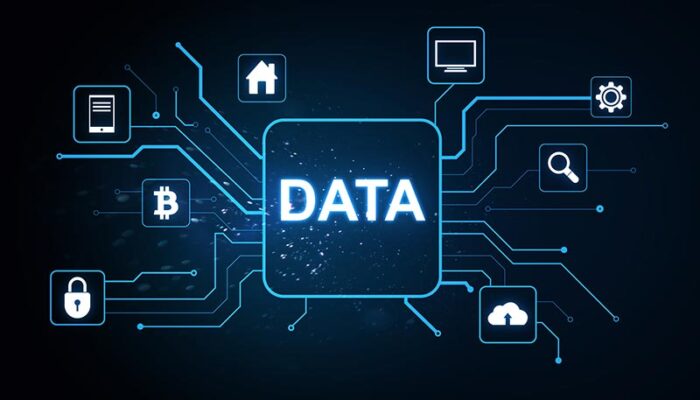
Quality data relies on total Internet of Things (IoT) systems management. This data is collected from actual equipment that performs functions like predictive maintenance.
Devices, modules and business applications also collect data. All this data must be integrated into:
Managing the data at all stages is crucial. IIoT projects hinge on how well your organization can:
Access to the right information is powerful. Many business projects can improve using real-time data from your machines and devices on the shop floor. Better data can help your business:
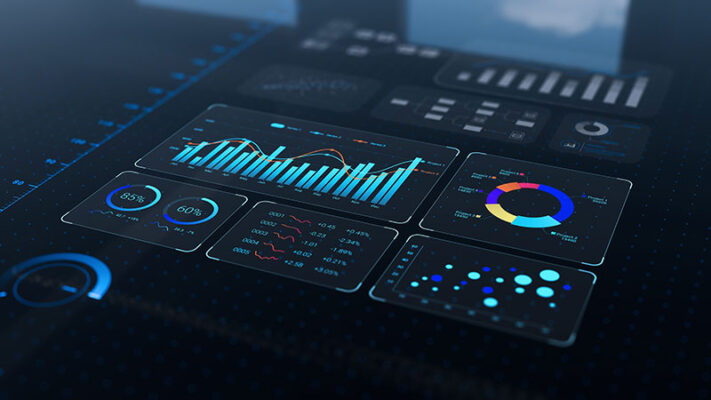
Wider and more detailed sources of collected data lead to better results in AI-enabled applications. Integrating data from diverse sources enables more sophisticated multivariate models. These models can be applied to various business processes, including:
This approach leads to more accurate insights and improved efficiency across manufacturing processes.
With all the benefits, what has held some manufacturers back from investing or advancing in IIoT?
First, let’s examine the research and what has contributed to the recent IIoT growth.
In an IIoT 2024 report, Grand View Research found that more manufacturers are jumping into IIoT to stay competitive. The market is expected to reach $1.69 trillion by 2030. This growth is driven by:
Many manufacturers are looking to boost productivity with advanced software and solutions. This includes sensors and distributed control systems (DCS). These will automate management operations and control work processes.
In recent years, manufacturers have scaled their IIoT solutions with a more strategic approach. They saw that benefits like better integration made scaling easier and demonstrated a return on investment (ROI).
Still, some manufacturers face challenges scaling their IIoT deployments or deciding to move forward. They worry about integrating new tools with legacy and outdated enterprise resource planning (ERP) systems.
Another concern is the complexity of data management. Others are challenged with selecting the best IIoT connectivity option. All these challenges are closely tied to real-time IIoT data collection.
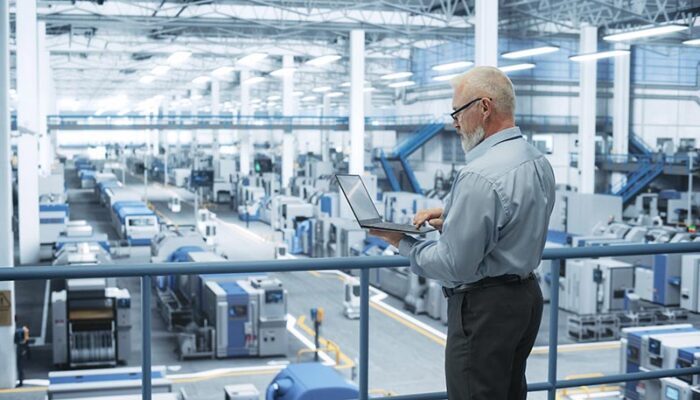
Why haven’t your IIoT projects delivered at scale as you envisioned?
Many organizations overlook or underestimate the importance of the data collection stage when planning IIoT projects. They might focus more on results or advanced analytics. They also may not pay enough attention to how they will collect the data.
According to West Monroe’s 2025 Manufacturing Industry Outlook, digital transformation is a key trend. Collecting and analyzing real-time IIoT data is crucial to this transformation. It’s imperative to effectively gather, understand and implement data across the enterprise to improve manufacturing efficiency. With the right data and insights, companies are discovering new ways to monetize the data.
Despite these opportunities, challenges like integrating existing systems and data quality and complexity persist.
First, real-time, low-latency data collection is complex. There are many machine and device types from which we must collect data. They have different business owners and don’t speak the same language.
Second, many organizations make the mistake of looking past the data collection stage when planning IIoT projects. Because there’s a lot of data to collect, there’s significant potential for noise if it’s not normalized and transformed. Companies miss important insights.
Organizations are also running into obstacles that include:
The good news is that there are solutions.
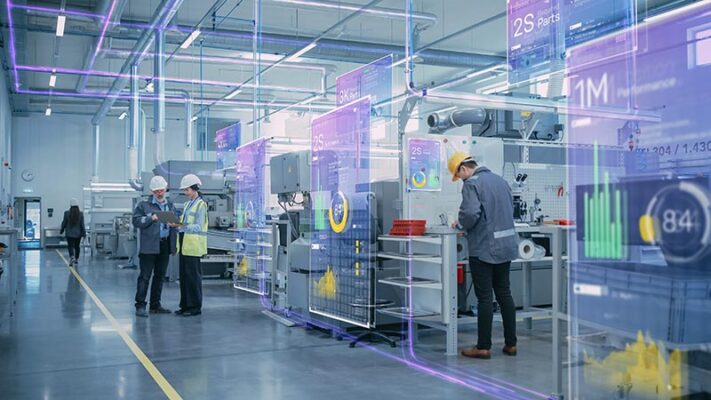
Real-time IIoT data collection capacity is crucial. It includes:
Robust data collection is the foundation for all stages of an IIoT project. The quality and quantity of data collected directly impact the quality of insights derived from that data. Even the most sophisticated analytics tools will be limited in effectiveness without adequate collection capacity. Organizations must prioritize and invest in robust data collection capabilities as a critical first step in their IIoT initiatives.
We’ve also established that it’s vital to remember that real-time data doesn’t stop at collection. You must manage, distribute and transform the data to do the job you want it to do.
What do you need to collect real-time data? Read our white paper, “Overcoming the Challenges of OPC for Industrial IoT Applications.”
With the adoption of IIoT, manufacturers can finally use the large volumes of data collected between machines. This can enable smarter operations with greater efficiency.
ACTIVANT Research reported significant improvements for manufacturers using IIoT data in these four areas:
This could lead to a 25% reduction in the global manufacturing sector’s cost of goods sold (COGS). There are flexible and affordable solutions that don’t take years or even months to implement.
You can quickly show the value of operational IIoT data for your manufacturing organization. The right technology can simplify connecting the factory or plant floor to IT systems.
A solution must be flexible to collect data as needs change and agile enough to make it easily accessible. Connecting must be as simple as selecting a driver and typing the machine’s address.

deviceWISE®, powered by Telit Cinterion, simplifies complexity and acts as the edge intelligence. You can connect your factory and your machines in hours. It offers one integrated system that operates across multiple hardware platforms. There are hundreds of device connection drivers, and more are being added.
deviceWISE also comes with industry-standard connection software protocols like OPC UA (Open Platform Communications Unified Architecture) and OPC DA (Data Access). It can read and write directly to enterprise systems. The edge logic engine transforms the data without writing custom code.
You can analyze and visualize data through dashboards or a human-machine interface (HMI). These include deviceWISE VIEW and third-party software. This ecosystem encompasses deviceWISE EDGE and deviceWISE CLOUD. The suite is enhanced by deviceWISE AI for Visual Inspection and deviceWISE Secure Remote Access (SRA).
Speak with our IIoT experts to learn how deviceWISE can help you collect and orchestrate data.
Editor’s Note: This post was first published on 13 September 2021 and has since been updated.